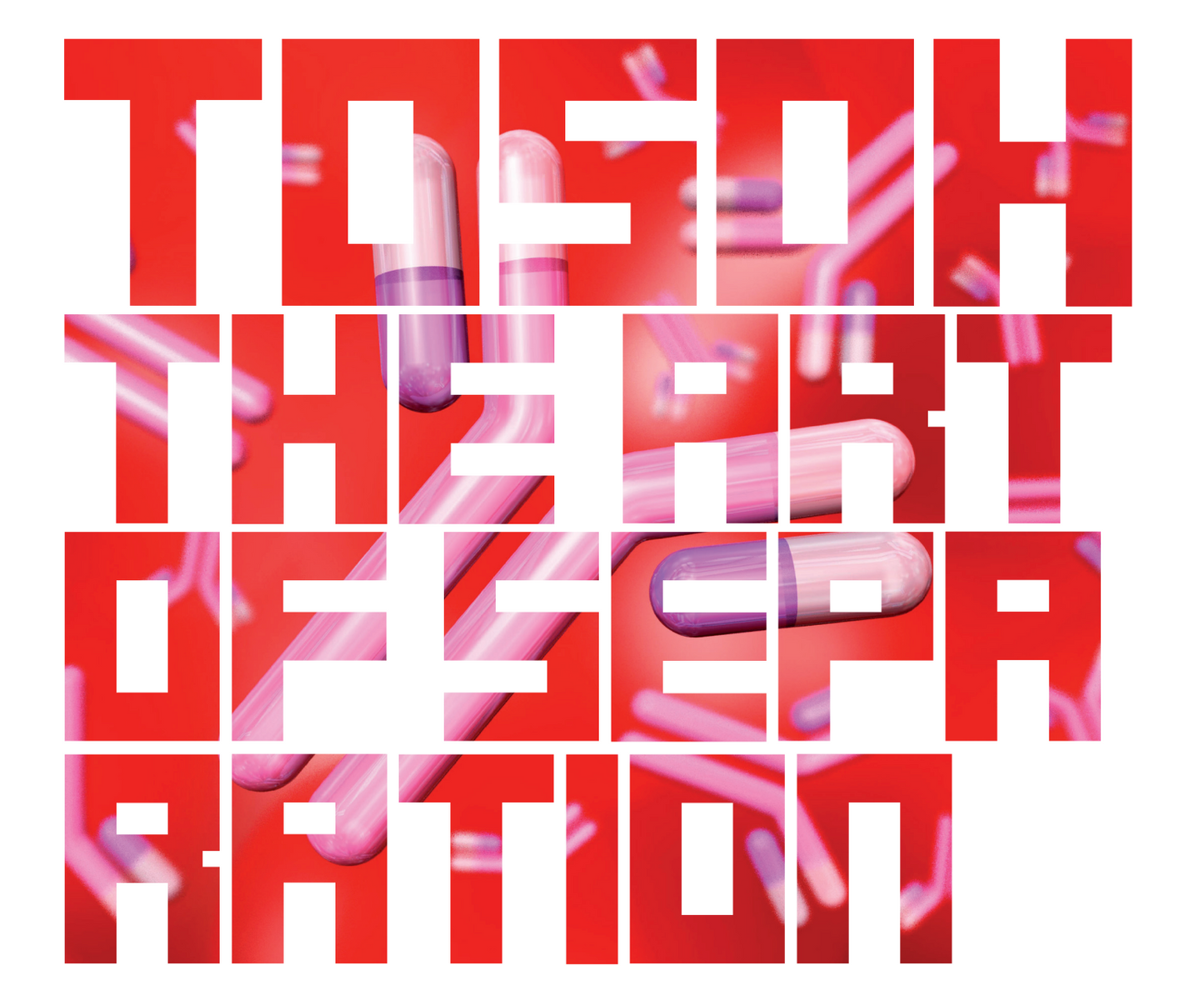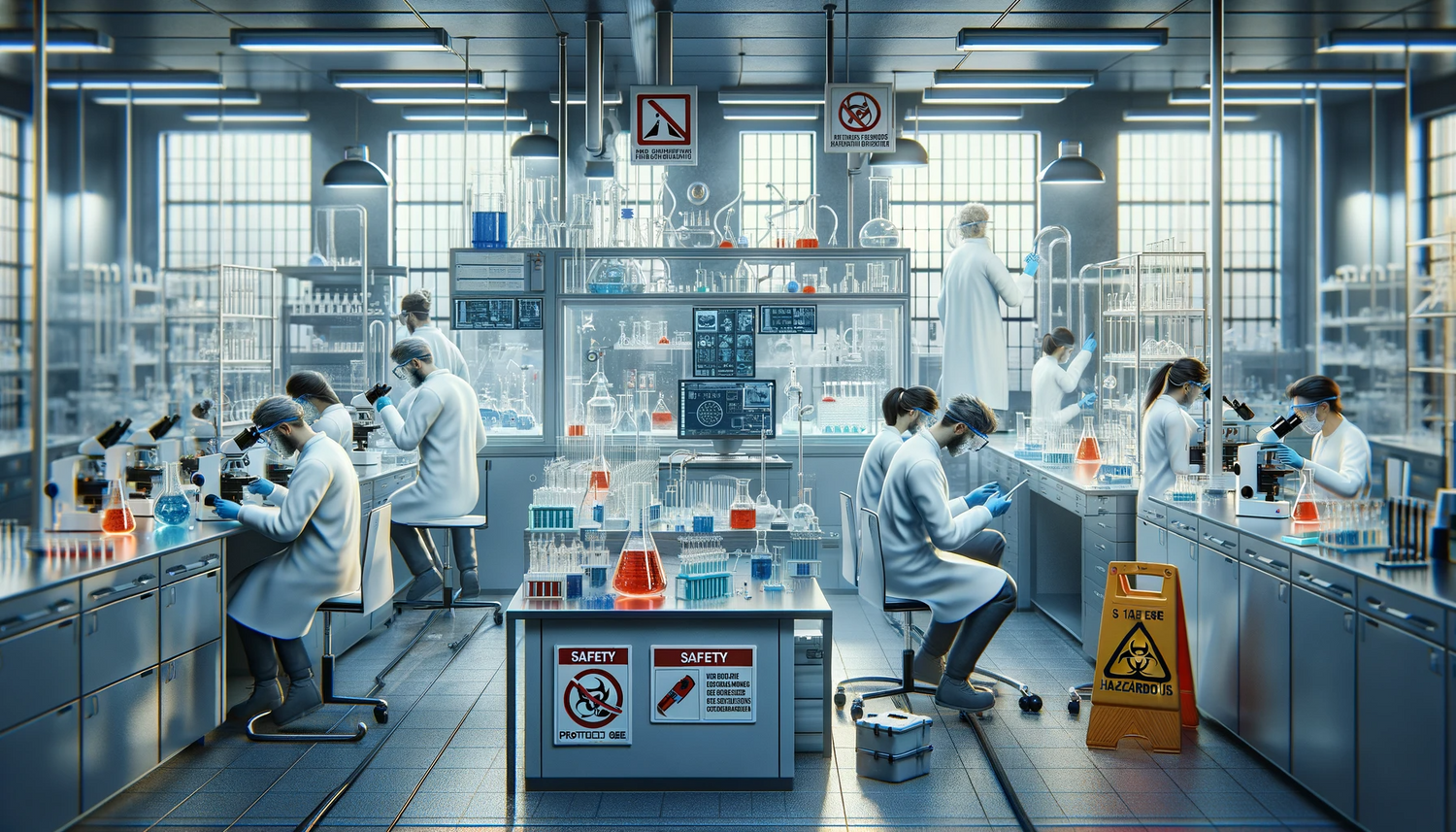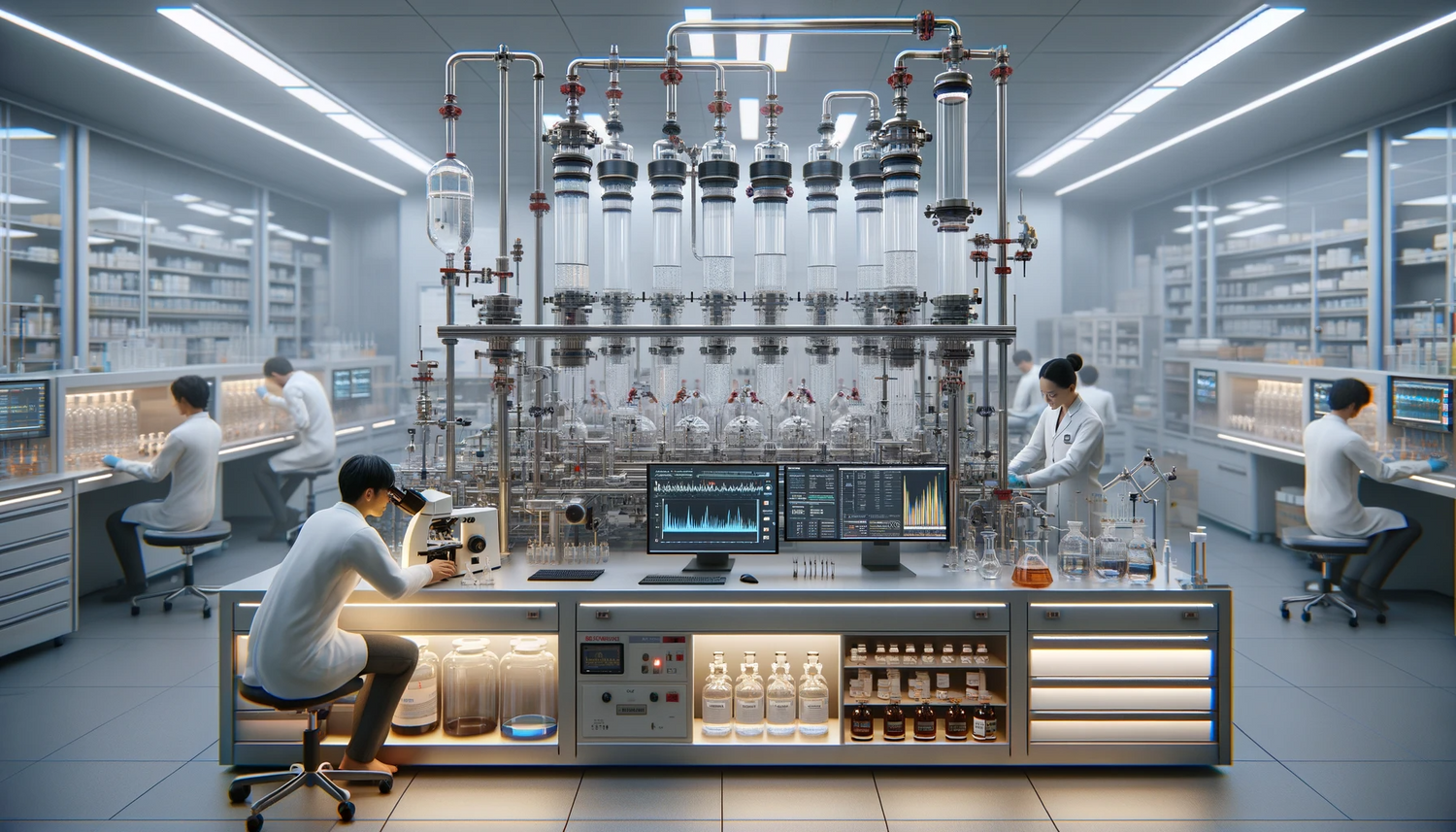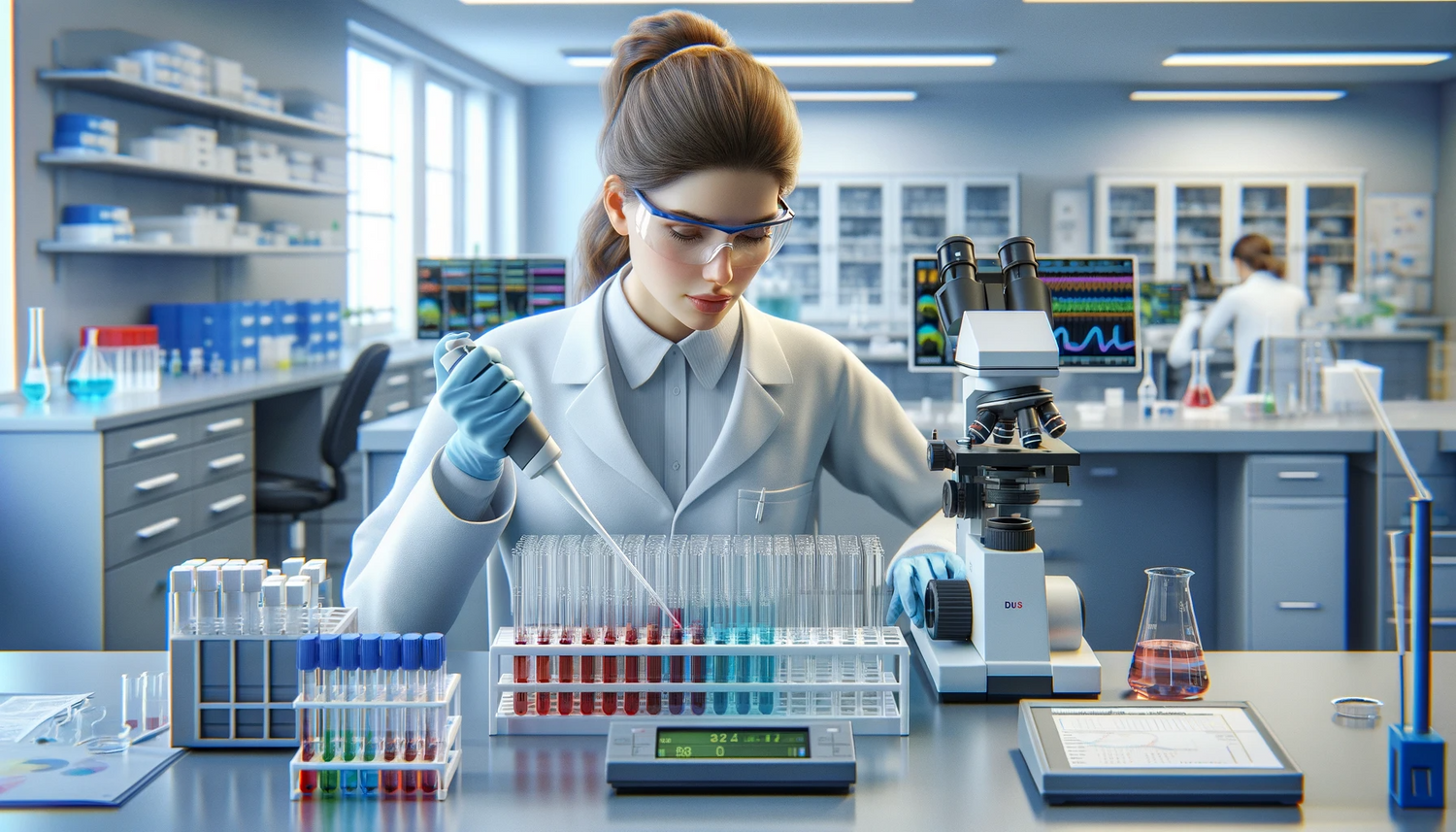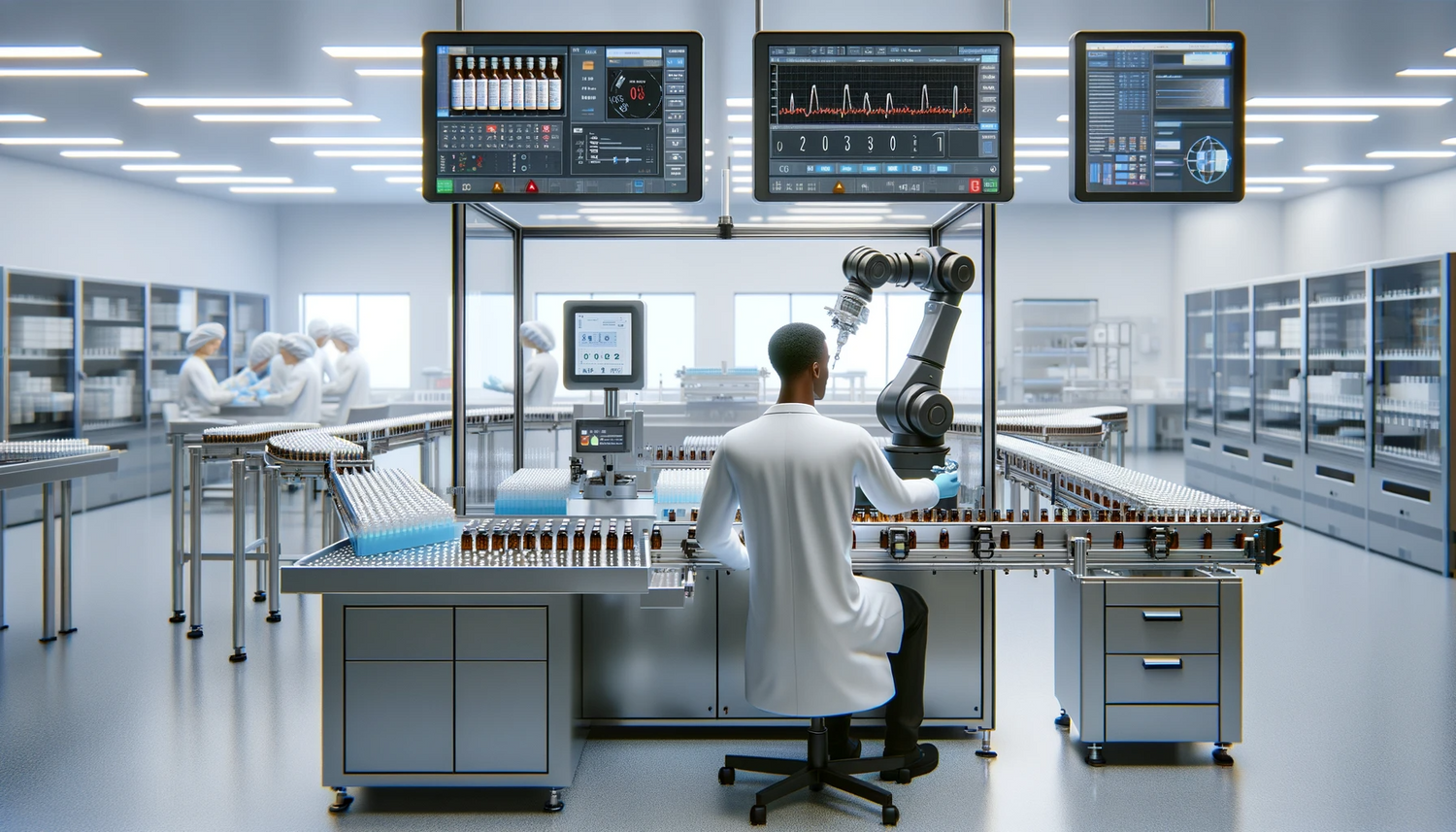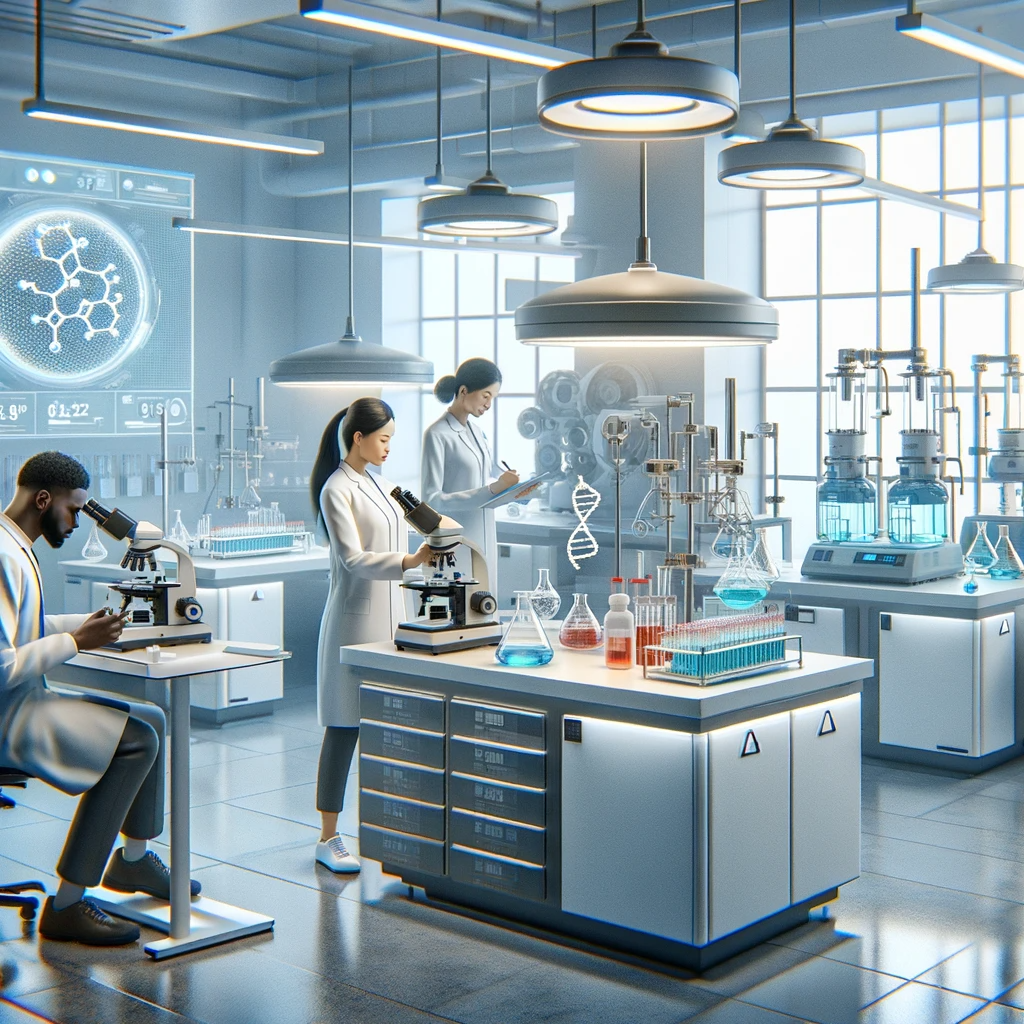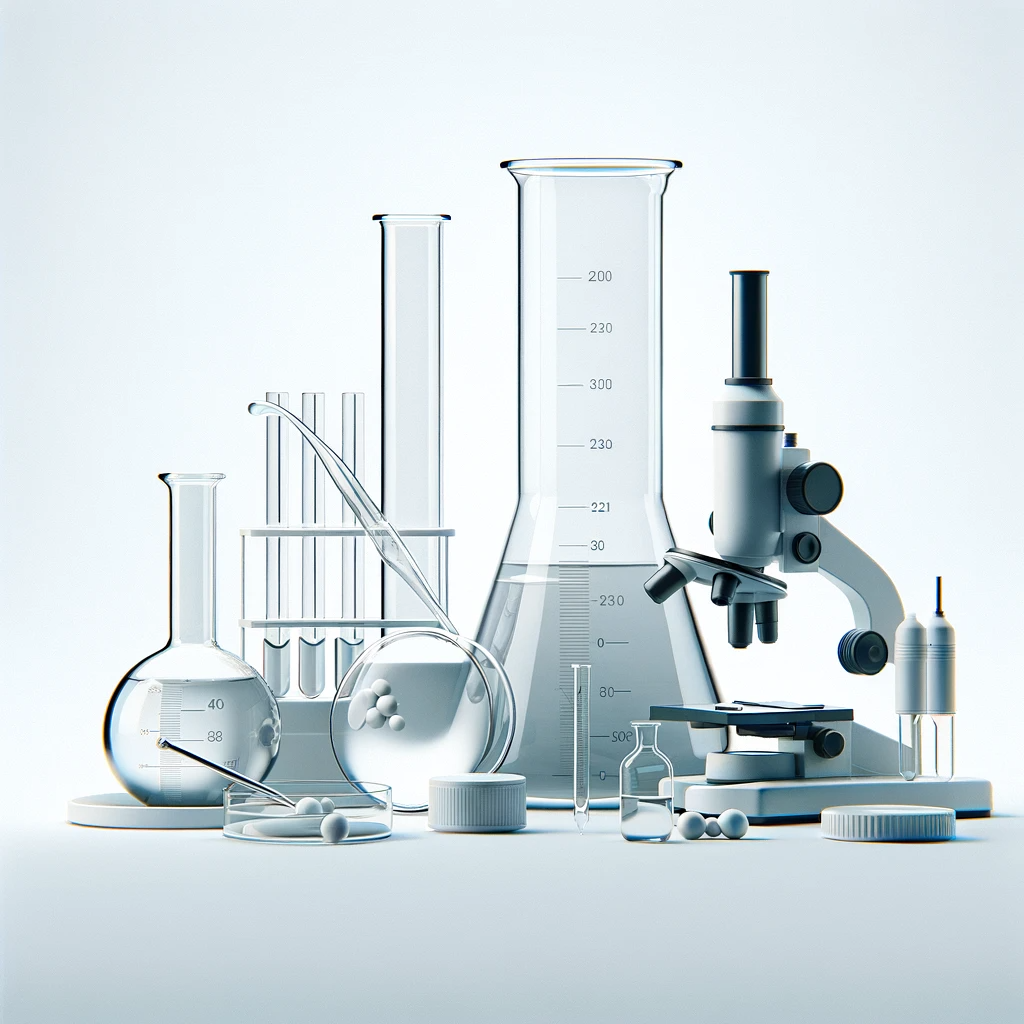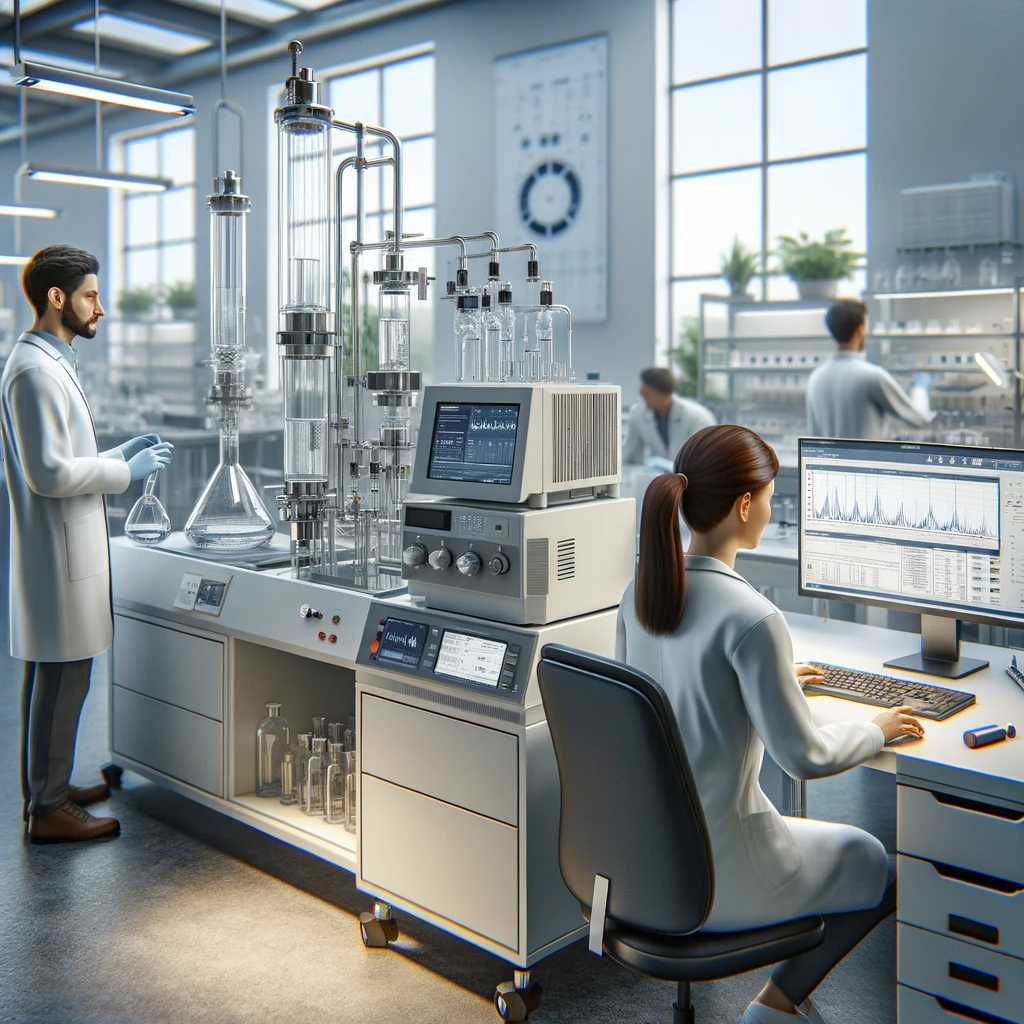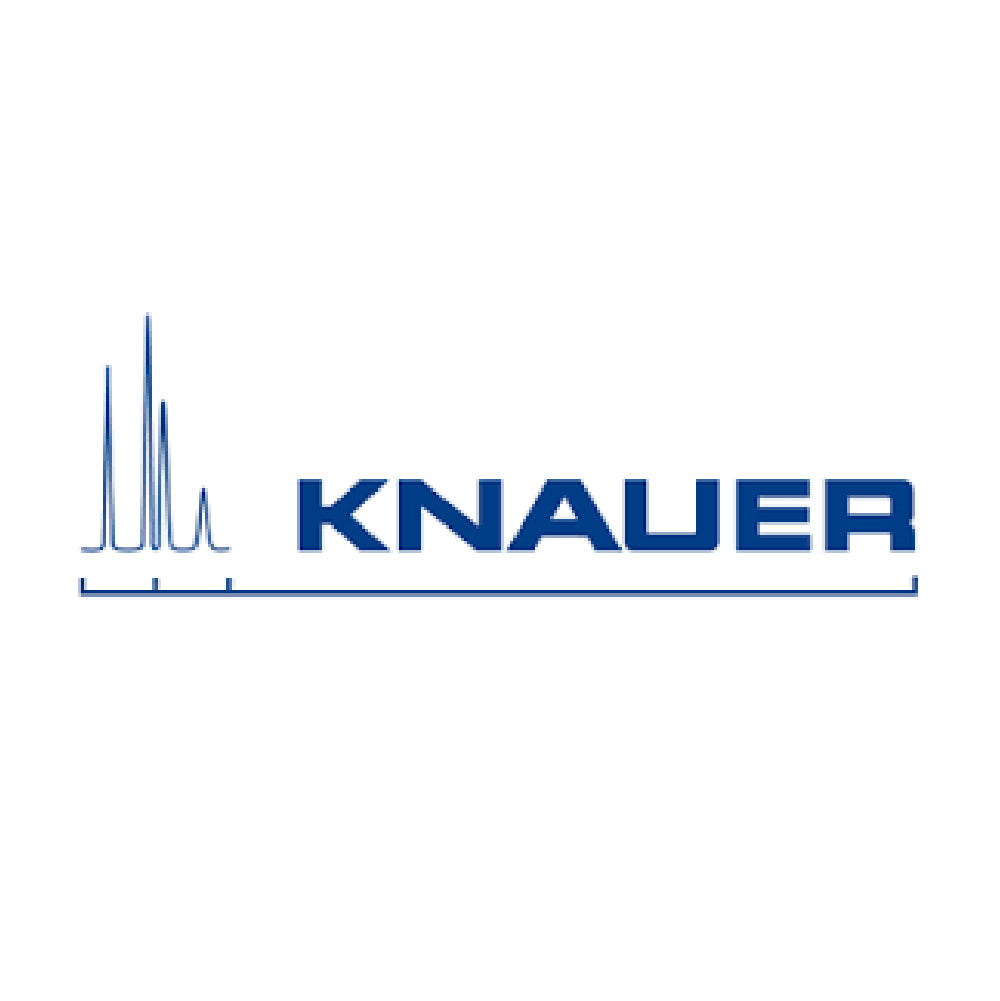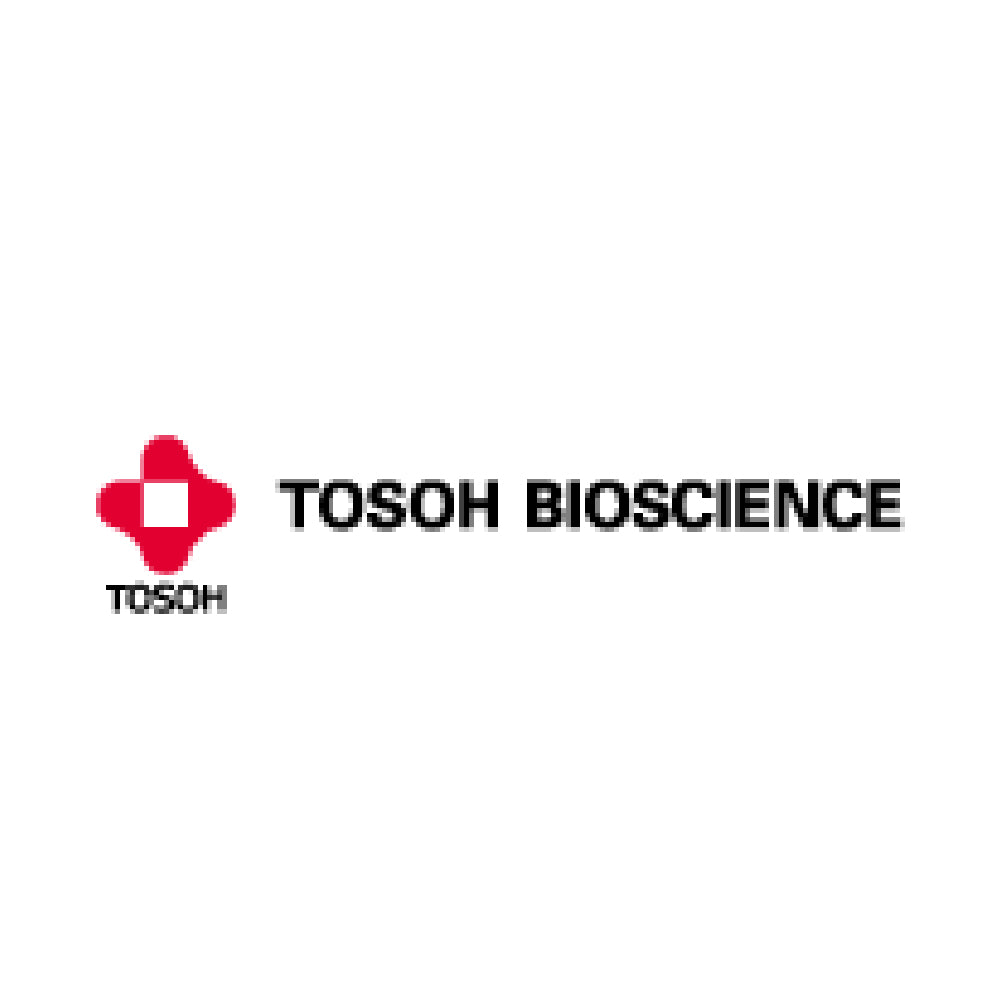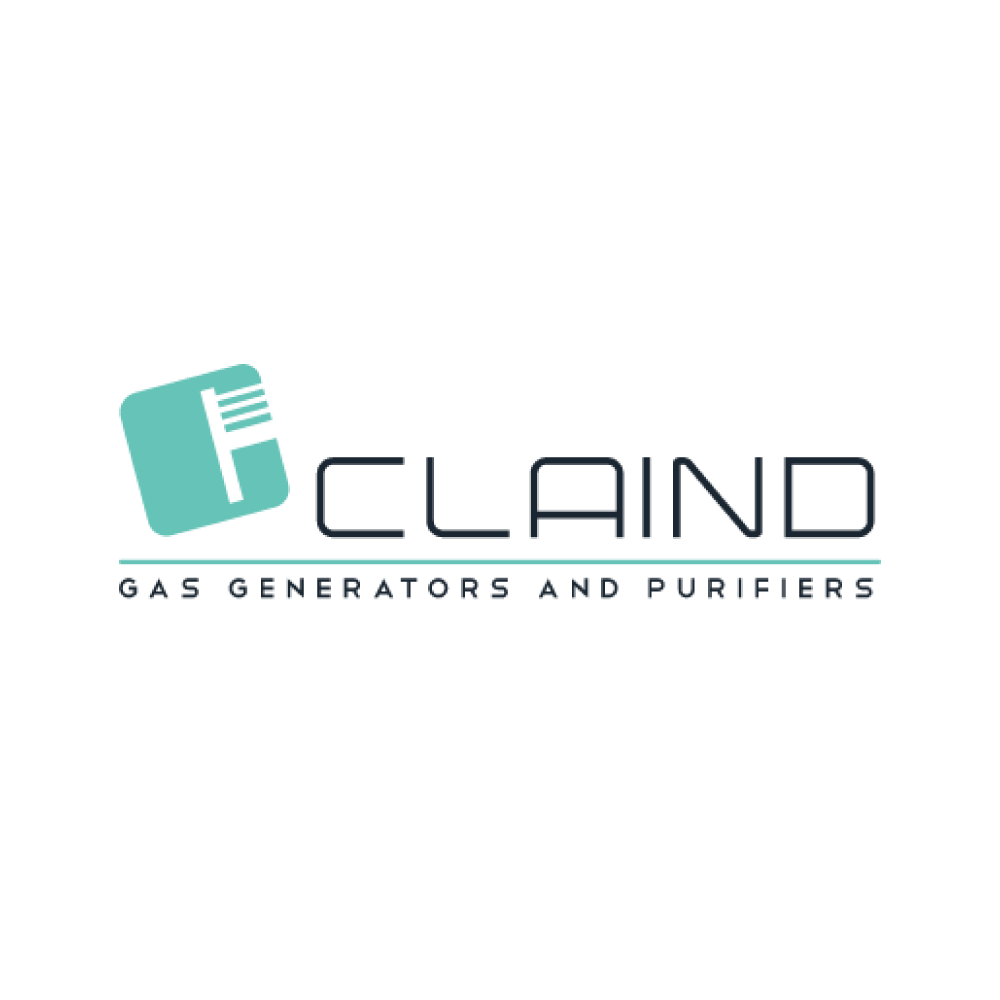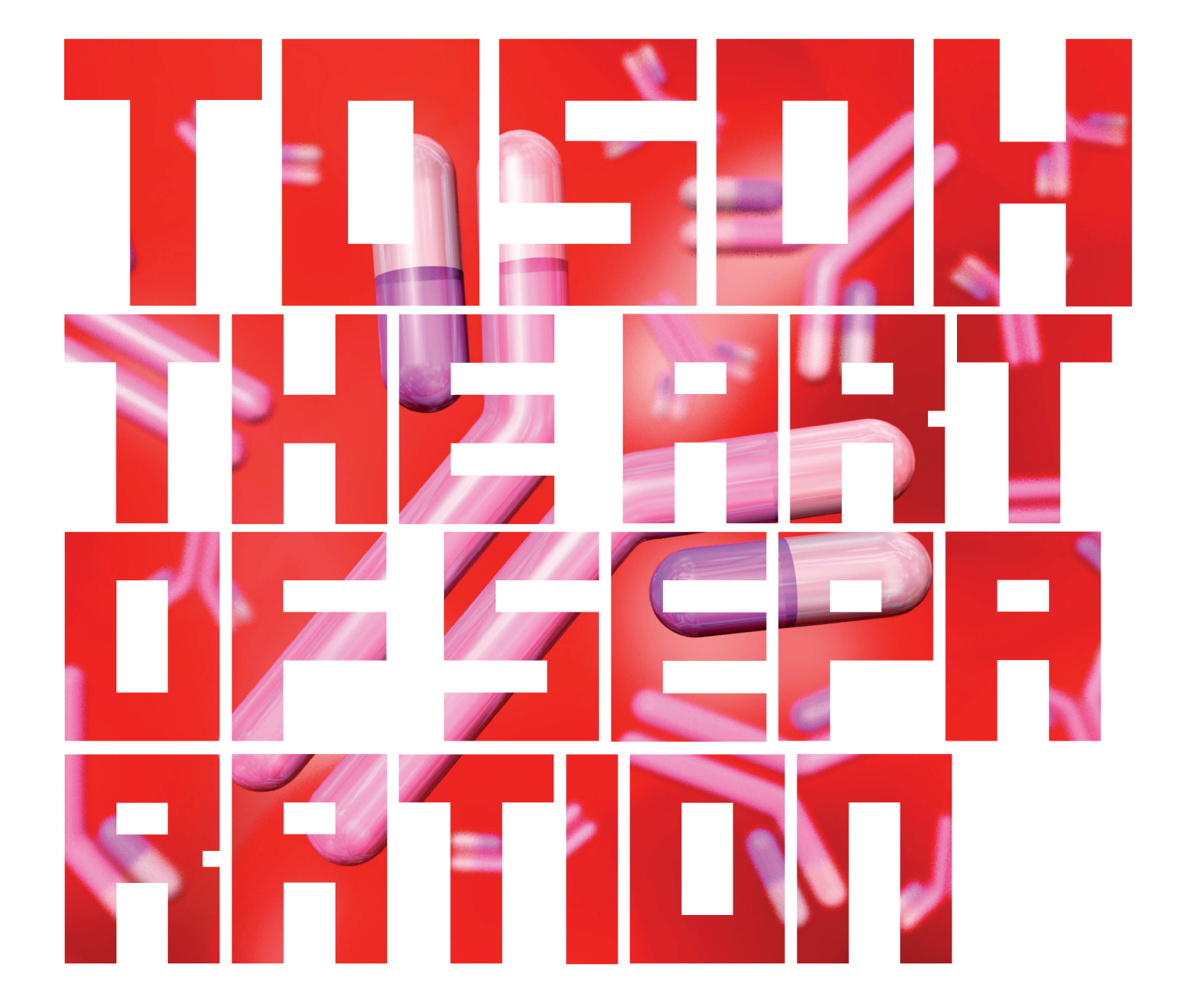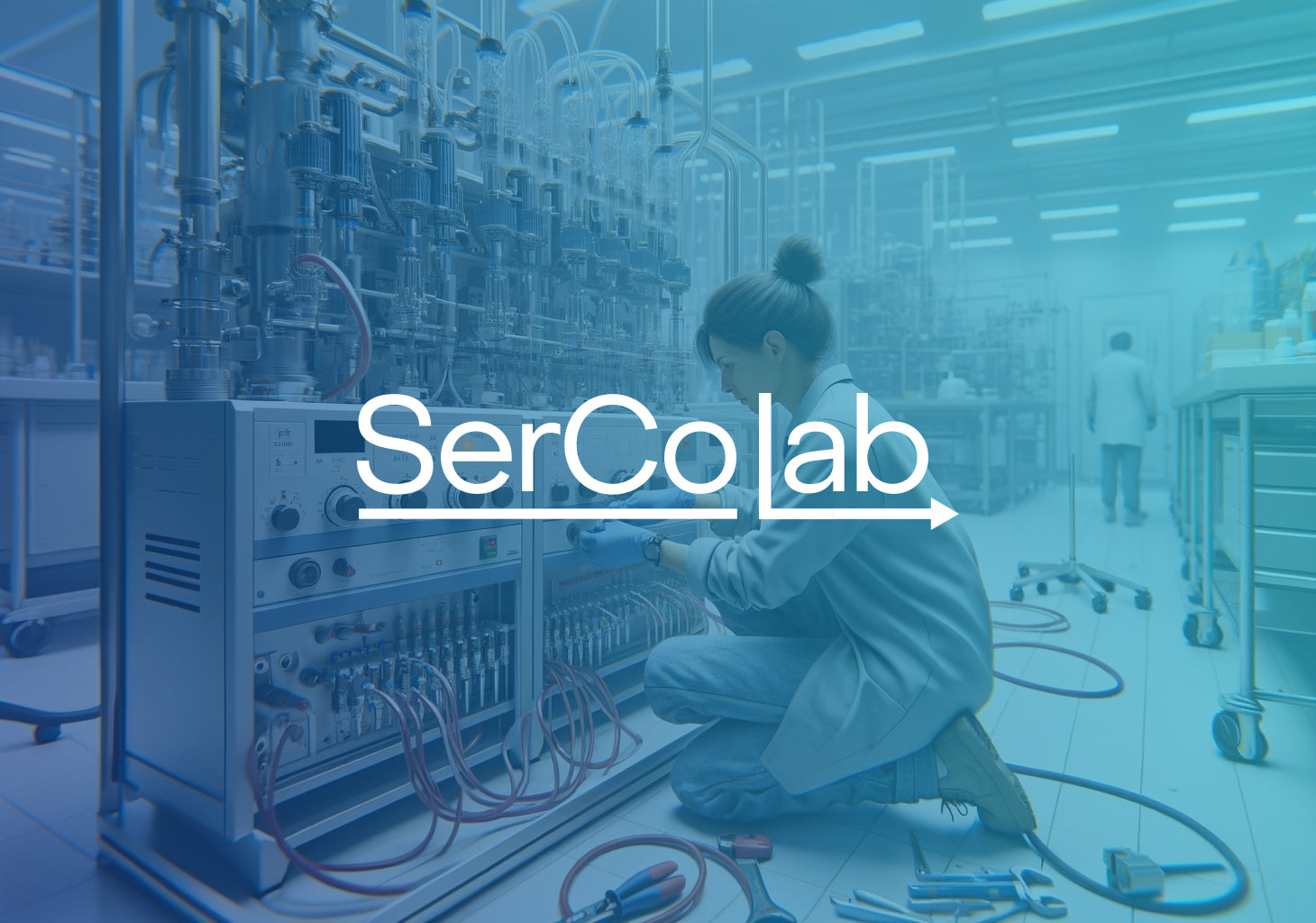Tosoh
Biopharmaceutical Application Notebook
Biopharmaceutical Application Notebook
Description
Description
High performance liquid chromatography (HPLC) and, increasingly, ultra-high performance liquid chromatography (UHPLC) are the analytical workhorses of the pharmaceutical industry.
All stages of the product’s lifecycle, from early development until production and stability testing need chromatographic analysis to characterize and quantify target molecules.
Today, biopharmaceuticals are the fastest growing product segment of the pharmaceutical industry. A thorough characterization of therapeutic biomolecules is a key task for the successful submission of data for regulatory approvals of new drugs, no matter whether biologic, biosimilar or biobetter. Quality control needs effective analytical tools that allow fast determination of critical quality attributes of the various kinds of biopharmaceuticals, such as monoclonal antibodies (mAbs) and other therapeutic proteins. With new biopharmaceutical formats, such as bispecific mAbs, antibody fragments and antibody-drug-conjugates (ADCs) in the pipeline, rapid and thorough characterization will become even more
important.
Size exclusion chromatography (SEC) and ion exchange chromatography (IEC) are typical modes for the separation of proteins in native form. They are routinely used for the characterization of biotherapeutics. Especially SEC has become a Swiss-army knife for protein aggregate determination. It can virtually be considered a platform – quick and straightforward. Reversed phase (RPC) and hydrophilic interaction liquid chromatography (HILIC) are used to characterize peptides or oligosaccharide chains after enzymatic cleavage. Detection is usually performed by UV, fluorescence, light scattering or mass spectrometry.
TSKgel® UHPLC and HPLC columns are renowned for their quality and reliability and cover all common modes of liquid chromatography, including ion exchange (IEX), hydrophobic interaction (HIC), reversed phase, hydrophilic interaction (HILIC), size exclusion (SEC), and affinity.
They are popular in the biotech and biopharmaceutical industry and are used in R&D,
method development, production, quality control and stability testing.
This application notebook compiles more than twenty application notes covering important aspects of biopharmaceutical analysis such as protein aggregation, charge isoforms and glycosylation as well as determination of drug-to-antibody ratio (DAR) of ADCs. The last section of the notebook provides tips and tricks to improve chromatographic separation of biomolecules.
